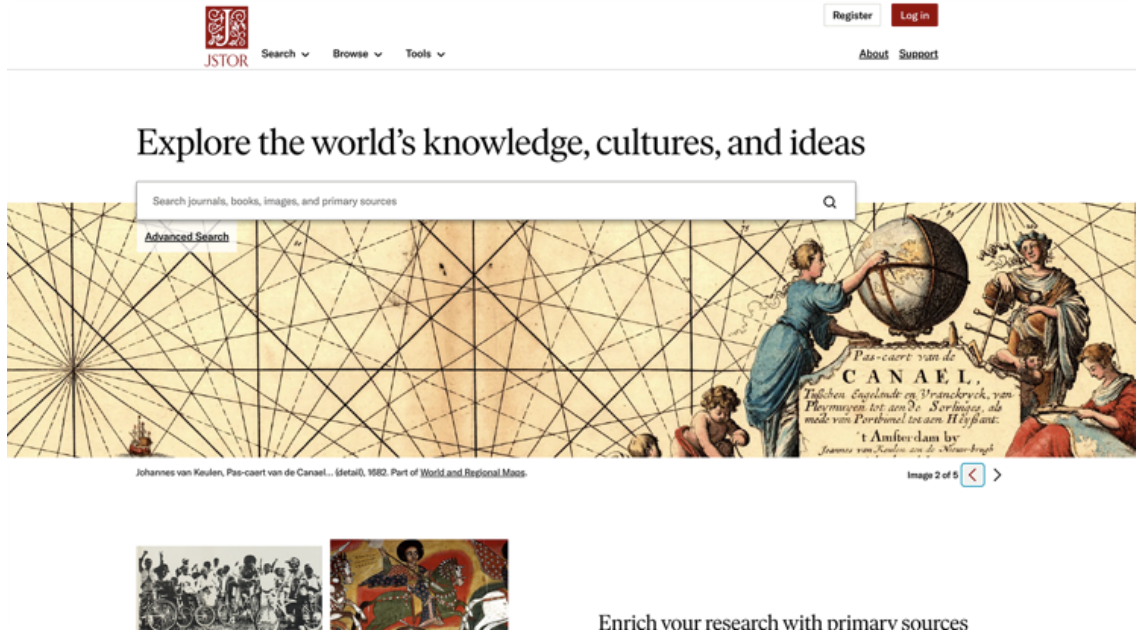Design and Implementation of Visual Art Database and Research Mode Based on Big Data Thinking
Keywords:
Big data thinking, Visual Arts Database, Literature database, User interface designAbstract
Research background: The current mainstream online databases and platforms at home and abroad are mainly divided into two types: textual literature databases and image professional databases. The former integrates various academic literature resources such as academic journals, degree and conference papers, newspapers, books, etc., while the latter is a comprehensive image database (online museum) characterized by high-quality images and graphics. But in the field of visual arts research, researchers often need to simultaneously consult academic literature and high-quality images, and the data of the two attributes must be able to establish a real-time connection for comparison and analysis. The existing online databases and research models are difficult to meet the requirements. Objective: Based on the current problems, we explore the establishment of a comprehensive information resource library for visual art literature and images based on big data thinking, and create its research model. Method: Based on the big data thinking, we construct an online database and research model based on a data framework with underlying multidimensional correlations and efficient front-end data correlation presentation. This model builds bridges between different "data islands" and establishes a multi-dimensional data association mechanism between image databases and textual literature databases. Through a well-designed user interface and behavior pattern, it provides users with a good user experience and comprehensively improves the efficiency of academic research and art dissemination. Result: This model has been applied to multiple online database platforms. By comparing with the traditional mode, we found that the new mode has better user efficiency and experience than the traditional mode. Through a survey questionnaire, it was found that visitors have a high overall satisfaction with the new model. Conclusion: The new model constructed by this research institute has greatly improved the user experience and research efficiency by designing and constructing underlying data models centered around data.





